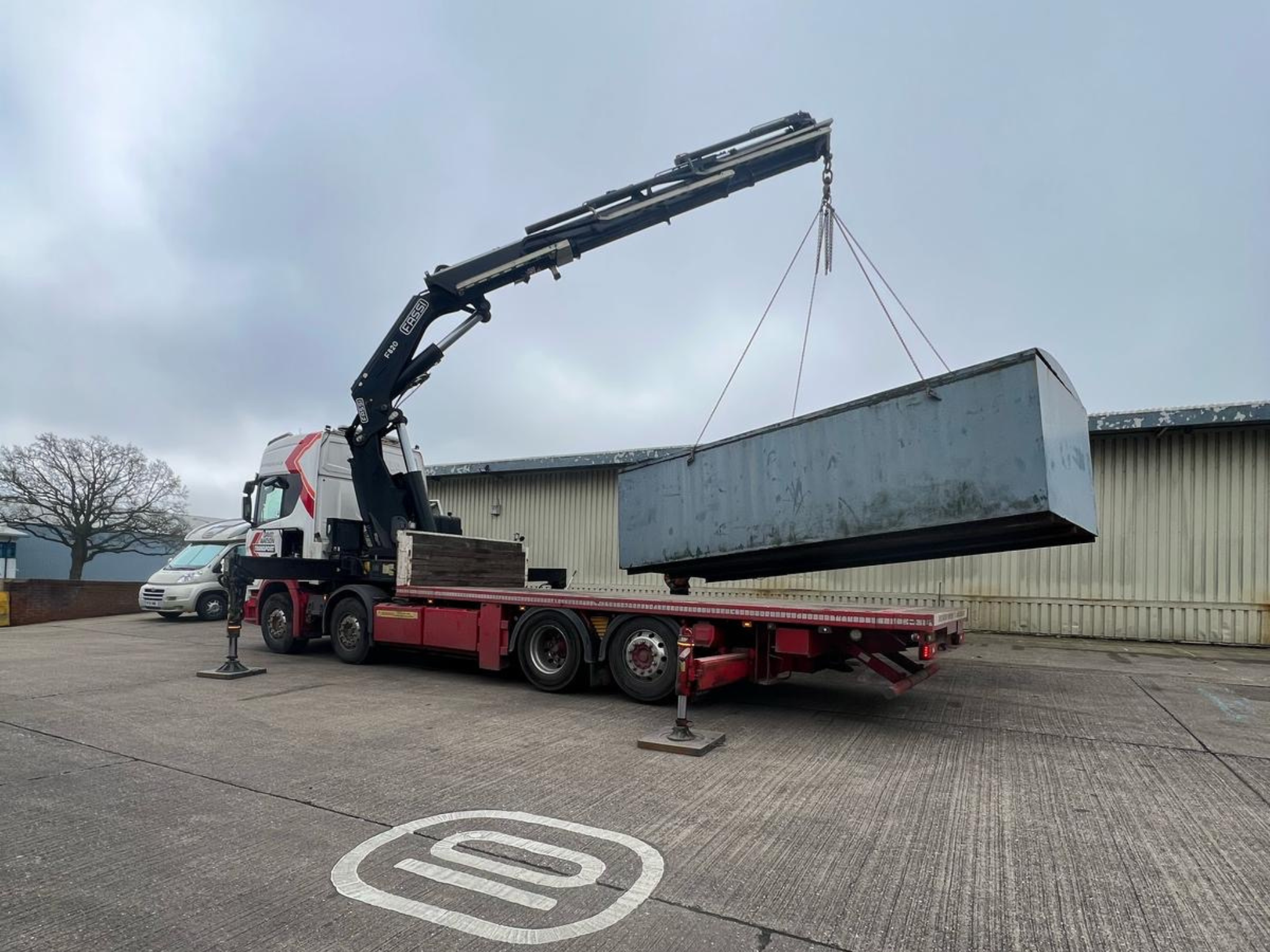Choosing the best fuel tank decommissioning services – what to look for.
Decommissioning fuel tanks, whether underground (USTs) or above-ground storage tanks (ASTs), is a critical process in safeguarding your site, environment and reputation. In this blog, we discuss some key criteria to evaluate when selecting a trusted fuel tank decommissioning partner.

Comprehensive project management.
Look for providers that offer a full, turnkey service from initial assessment through to final disposal. RSM provides exactly that. We begin with a site survey and environmental assessment, then conduct fuel removal, tank cleaning or degassing, followed by safe dismantling and disposal – all handled in-house. This all-inclusive model saves organisations from coordinating multiple contractors and ensures seamless workflow and accountability.
Regulatory compliance and certifications.
Decommissioning is strictly regulated. In the UK, the Environment Agency’s “Blue Book” (PPG27) outlines essential steps like risk assessments, soil and groundwater sampling, residual product removal (“bottoming”), degassing and proper disposal.
OFTEC certification is a vital credential – RSM’s engineers hold it, ensuring fuel tank and pipework interventions meet required standards. Providers should also hold relevant waste carrier licences and, ideally, operate from a licensed waste-handling facility that enables an end-to-end service, including recycling and waste treatment.
Safety-first culture.
Handling fuel tanks poses inherent risks – flare-ups, vapour ignition, confined space hazards or structural collapse. Best-in-class providers integrate strict safety protocols:
- Gas-freeing and degassing tanks before dismantling to eliminate explosive vapours
- Cold-cutting methods avoid hot cutting due to risk of igniting residual fuel – regulators have fined firms after vapour ignition injuries
- Comprehensive risk assessments and method statements accompany every job, as mandated by the Control of Pollution (Oil Storage) Regulations and health and safety laws
Environmental protection.
Preventing contamination is paramount:
- Regulators require soil and groundwater sampling before, during and after tank decommissioning
- Tanks and pipes should be removed completely, not abandoned underground, unless safely purged and filled with inert materials such as foam or concrete
- RSM emphasises tank cleaning to remove sludge and contaminants, restoring system integrity and performance
Experienced and qualified personnel.
Expertise on-site makes all the difference:
- RSM employs trained engineers certified in OFTEC, ADR hazardous transport, confined space entry and NDT testing.
- Our decades of experience signal familiarity with varied scenarios and compliance nuances, as well as deep sector knowledge
Flexible decommissioning options.
Depending on context and constraints, you may have two primary decommissioning pathways:
- Full removal: Tank, piping, bunds all excavated and disposed – commonly chosen for environmentally sensitive sites or redevelopment
- In-situ abandonment – degassed and filled with inert material, cost-effective for areas with restricted access, provided the Environment Agency and your insurance are aligned .
A quality provider will guide you on which option fits your site, regulatory footing and budget.
Documentation and certification.
Thorough record-keeping offers visibility and peace of mind:
- Expect to receive de-gassing certificates, waste transfer notes, site condition reports, soil sampling results and disposal receipts.
- RSM provides full documentation demonstrating compliance and audit readiness .
- Detailed invoicing with breakdowns of regulatory processes ensures transparency and helps deflate hidden fees.
Environmental sustainability and recycling.
The green credentials of a decommissioning partner matter:
- Look for an operator that holds a licensed waste facility, enabling in-house recycling of metals and decontamination residues .
- Many providers, like us, also offer fuel polishing and testing services to reclaim usable products, reducing waste and offering potential rebates .
Post-decommissioning restoration.
After removal or abandonment:
- Sites may require soil backfilling, re-levelling and landscaping to prepare for future use.
- RSM offers planning and execution for site renewal and new installations.
Emergency response readiness.
Unexpected spills or incidents can occur mid-project:
- RSM’s national spill response team is accredited and targets a four-hour response window, guaranteeing quick containment and remediation .
- Emergency capability distinguishes reactive and responsible operators from those solely focused on planned work.
Choosing a top-tier fuel tank decommissioning service means seeking a provider that combines the following features:
| Feature | Why it matters |
|---|---|
| Full lifecycle service | Seamless coordination from tank purging to site restoration |
| Certifications and compliance | Avoid fines and environmental liabilities |
| Safety-first operations | Protects personnel and community |
| Environmental safeguards | Prevent pollution, conduct soil-groundwater testing |
| Qualified teams and equipment | Ensures safe removal and proper certification |
| Transparent documentation | Supports audits and insurance claims |
| Sustainable practices | Reduces waste and recovers usable fuel |
RSM embodies these principles. Our expert, OFTEC‑certified teams, ADR‑compliant transport, NDT/pressure testing services, spill response capability and licensed waste facilities present a strong blueprint for best-in-class decommissioning .
By evaluating prospective partners against this checklist, you protect your site, environment, staff, and future plans. In short: choose safety, compliance, accountability – and true expertise.
Check out our Fuel Services page to find out more about our Tank Decommissioning offer and much more.